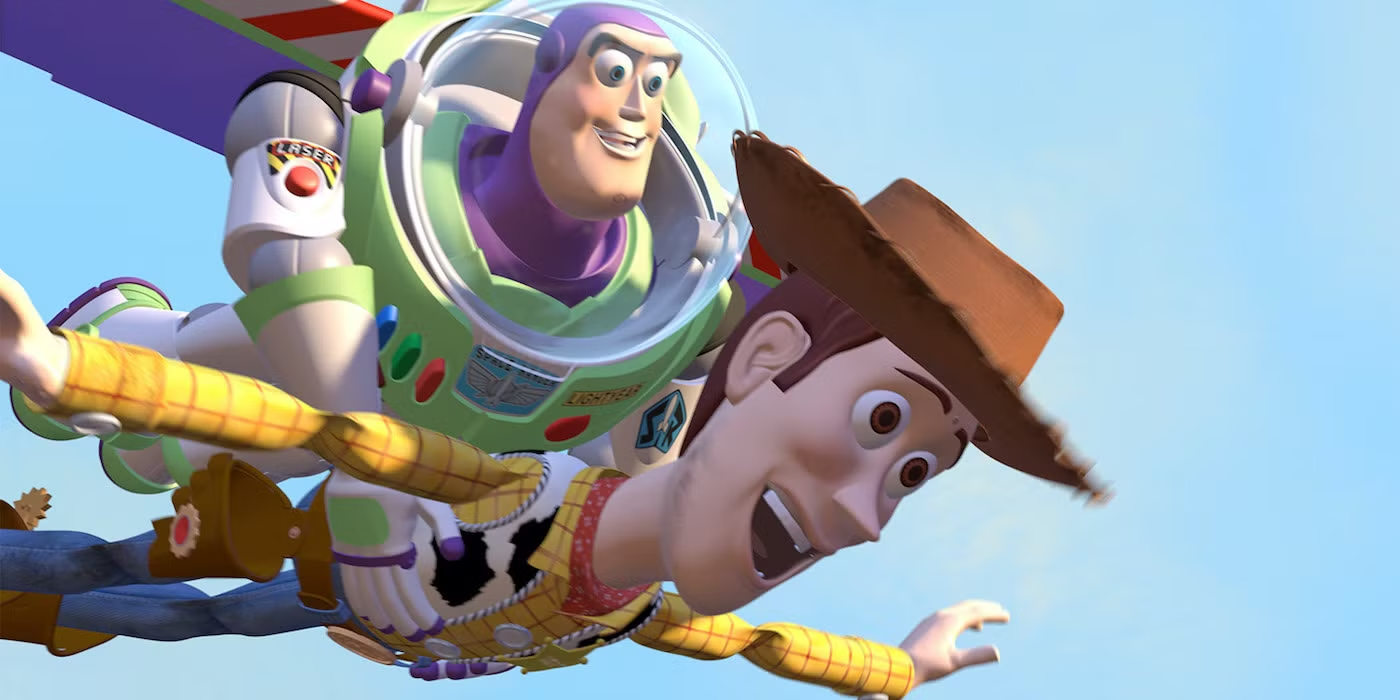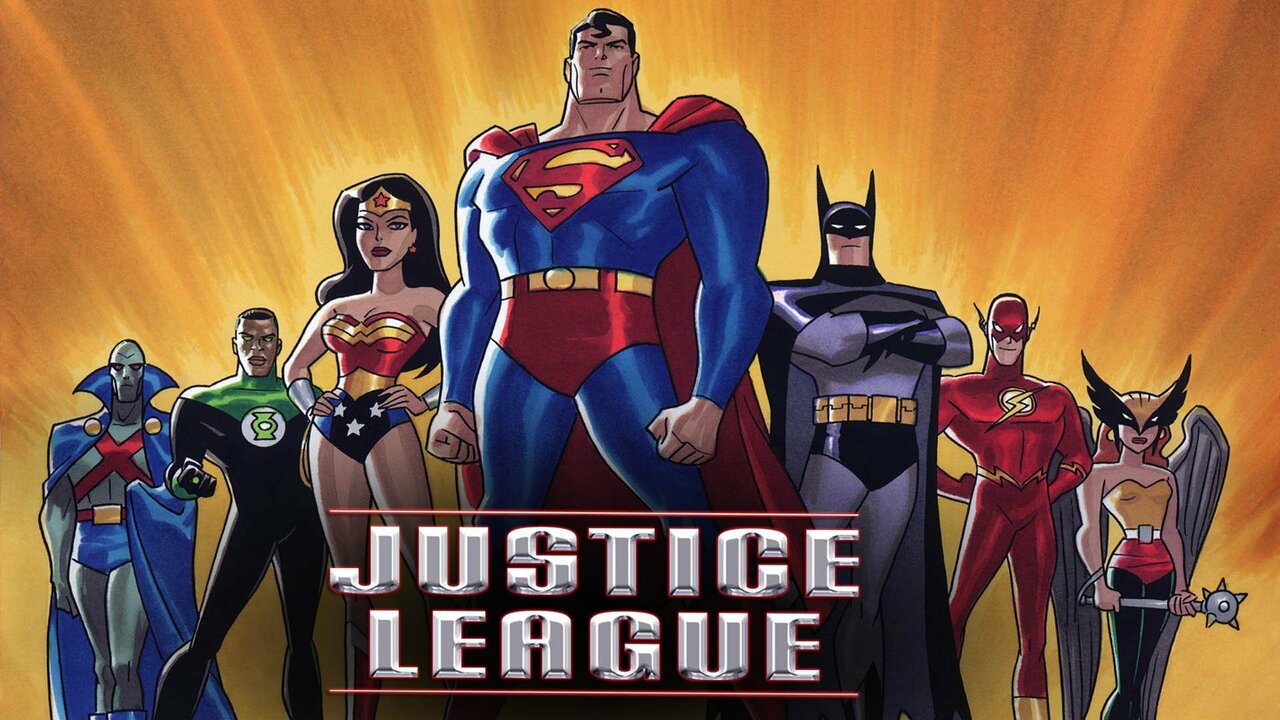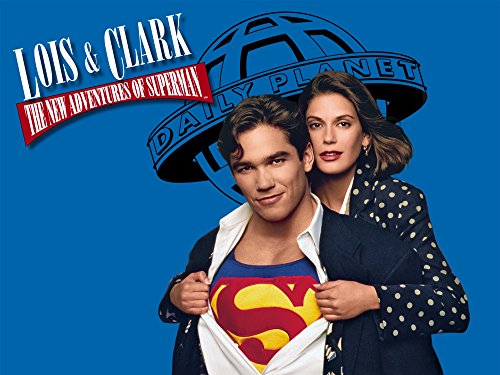Toy Story (1995) – The Film That Changed Animation Forever

In 1995, audiences were introduced to a groundbreaking film that would forever alter the landscape of cinema: Toy Story. Produced by Pixar Animation Studios and released by Walt Disney Pictures, it was the first-ever feature-length film made entirely with computer-generated imagery (CGI). Beyond its technological achievement, Toy Story delivered heart, humor, and unforgettable characters, cementing itself as one of the most important and beloved films in animation history.
The Story
Toy Story tells the story of what happens when toys come to life when humans aren’t around. At the center is Woody (Tom Hanks), a pull-string cowboy doll who has long been the favorite toy of young Andy. Woody’s world is turned upside down when Andy receives a new toy for his birthday: Buzz Lightyear (Tim Allen), a flashy space ranger action figure who quickly becomes Andy’s new favorite.
Jealousy and rivalry soon erupt, leading Woody and Buzz on an unexpected adventure. Stranded outside the safety of Andy’s room, the two toys must put aside their differences, survive encounters with hostile toys and the destructive neighbor Sid, and ultimately learn the value of friendship.
The Voice Cast
The film’s voice cast brought incredible personality to the animated characters:
Tom Hanks as Woody, the loyal cowboy with a leadership streak and a touch of insecurity.
Tim Allen as Buzz Lightyear, the confident yet naive space ranger who believes he’s a real hero.
Don Rickles as Mr. Potato Head, the sarcastic toy always ready with a quip.
Wallace Shawn as Rex, the nervous dinosaur with a heart of gold.
Annie Potts as Bo Peep, Woody’s caring and supportive friend.
John Ratzenberger as Hamm, the wisecracking piggy bank.
The dynamic between Woody and Buzz, voiced brilliantly by Hanks and Allen, became the emotional core of the film and carried through the entire franchise.

Groundbreaking Animation
Before Toy Story, CGI was mainly used in short films and special effects. Pixar took a massive leap by creating a feature-length movie entirely in computer animation. This was uncharted territory in the mid-1990s, and many doubted audiences would connect with digital characters.
Instead, the film wowed critics and audiences alike, proving that CGI could deliver not only stunning visuals but also rich storytelling and emotional depth.
Themes and Emotional Impact
Toy Story resonated deeply because it wasn’t just about toys — it was about friendship, change, and identity. Woody’s fear of being replaced and Buzz’s realization that he isn’t a real space ranger spoke to universal struggles of acceptance and self-worth.
It balanced heartfelt moments with comedy, making it appealing to both children and adults, a formula Pixar would perfect in later films.
Reception and Legacy
Released in November 1995, Toy Story was a massive success. It grossed over $373 million worldwide, making it one of the year’s biggest hits. Critics praised its clever script, innovative animation, and emotional core, with many calling it one of the best films of the year.
Its success launched Pixar into the spotlight and paved the way for countless CGI-animated films that followed. The film also spawned three sequels (Toy Story 2, Toy Story 3, and Toy Story 4), each critically acclaimed in its own right.
In 2005, Toy Story was selected for preservation in the National Film Registry for being “culturally, historically, or aesthetically significant.”
Conclusion
Toy Story (1995) wasn’t just a movie — it was a revolution. By blending groundbreaking animation with timeless storytelling, it redefined what animation could achieve and introduced audiences to a new era of filmmaking. Nearly three decades later, the friendship of Woody and Buzz Lightyear still inspires audiences of all ages, proving that great storytelling truly is to infinity and beyond.





